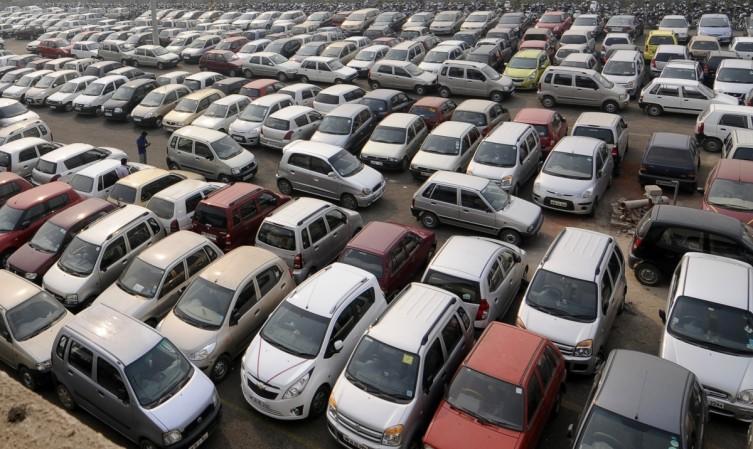
The proposed Goods and Services Tax (GST) to be rolled out across India from July 1 will see small cars continue to attract the highest tax rate with an increase of 2 percent from the previous regime to stand at 29 percent, including additional cess. GST Council finalised the tax rates of 1,211 items on Thursday, May 18 in four tax slabs — 5, 12, 18 and 28 percent. The new nationwide goods and services tax will make commodities cheaper and tax evasion difficult.
GST on small cars/ mid-sized cars/ and SUVs
Small cars with a length of under four meters and engine capacity of up to 1,200cc for petrol cars, and up to 1,500 cc for diesel cars, attract a 12.5 percent Central excise duty and an additional 14 percent VAT and other taxes in the present tax regime taking the total to 27 percent. The tax slab of the small cars will see a slight raise under the GST regime with 28 percent uniform rate on cars and an additional cess of 1 percent. Although the exact breakup of the GST on cars is yet to be released, market experts believe automakers will pass on the additional duty to the customers.
Currently, the tax is levied on cars based on size and engine capacity.
Mid-sized cars, with a capacity of 1,200-1,500cc, is charged a tax of 24 percent by the Central government and 14.5 percent VAT by the state government, taking its total tally to 38.5 percent. The implementation of GST will bring it down to nearly 31 percent.
The third category in the tax structure is the SUVs and luxury cars, which currently attracts 27-30 percent in Central excise duty and 14.5 percent of Vat, totalling to 41.5 percent to 44.5 percent. The unified tax system would put the tax of the SUVs and luxury vehicle in the brackets of 43 percent, comprising 28 percent tax bracket and 15 percent of maximum cess. While this would put it almost the same as the current tax structure, there could be small price benefits for buyers.
What does this mean to a buyer?
Simple. If an automaker decides to pass on the benefits to the customers, the prices of some of the models will go down, while small cars will see a price hike. However, should the new tax rates indeed turn out to be as expected, many car-makers, especially Tata Motors, Mahindra, Hyundai and Toyota Kirloskar Motor (TKM), stand to benefit due to better pricing capacity.
The current tax structure
| Small cars (sub-4 meter) | 12.5%+14% = 26.5% |
| Mid-sized cars (1,200-1,500 cc) | 24%+14.5% = 38.5% |
| Big cars (more than 1500 cc) | 27-30%+14.4%= 41.5-44.5% |
Proposed GST structure
| Small Cars | 28% + 1% cess |
| Mid-sized cars | 28% + 3% cess |
| Big cars | 28% + 15% cess |









!['Had denied Housefull franchise as they wanted me to wear a bikini': Tia Bajpai on turning down bold scripts [Exclusive]](https://data1.ibtimes.co.in/en/full/806605/had-denied-housefull-franchise-they-wanted-me-wear-bikini-tia-bajpai-turning-down-bold.png?w=220&h=138)



![India Auto Roundup: Maruti Suzuki, Mahindra have exciting launches in November [details here]](https://data1.ibtimes.co.in/en/full/805520/india-auto-roundup-maruti-suzuki-mahindra-have-exciting-launches-november-details-here.jpg?w=220&h=135)